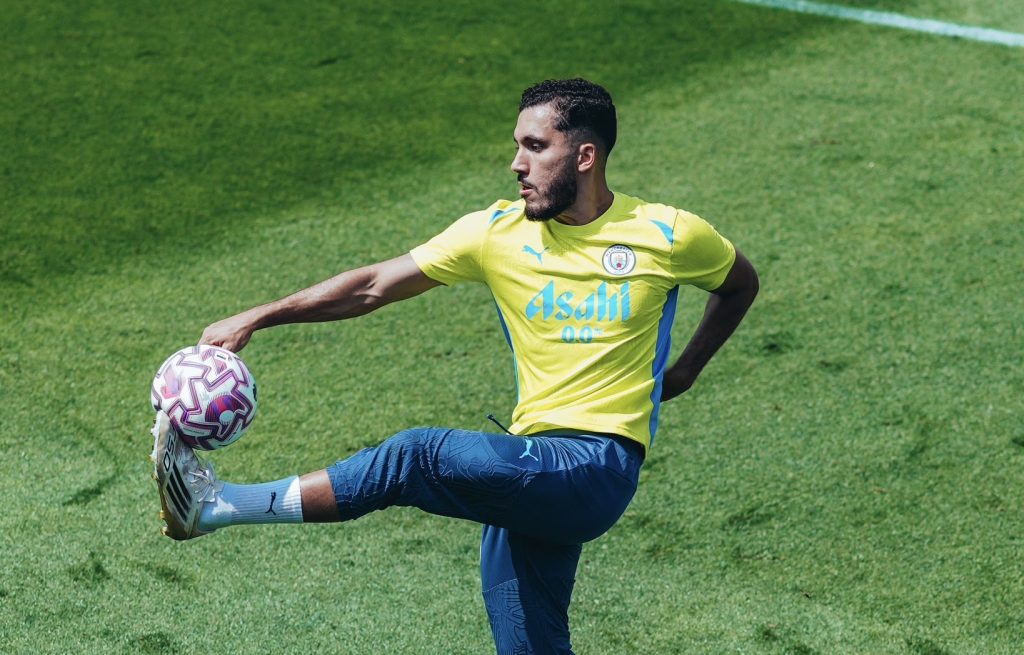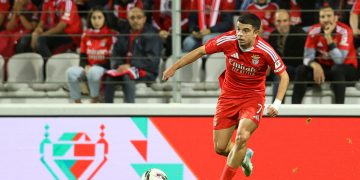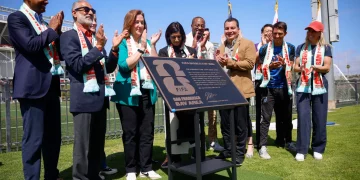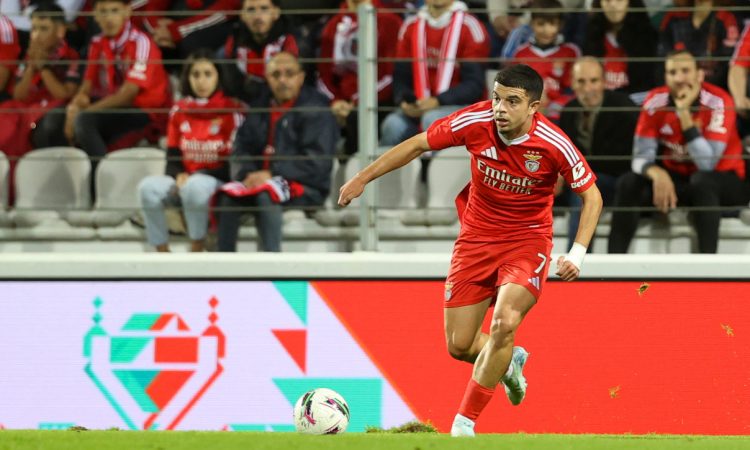When football fans think of Club World Cup host city selection, the most common assumptions revolve around stadium quality, transportation networks, and available accommodations. These infrastructure-related elements are of course vital, but they’re far from the whole picture. As FIFA continues to evolve the Club World Cup into a more commercially powerful, globally unifying event, the host city selection process has grown increasingly opaque and influenced by a range of hidden factors. Political lobbying, tourism economics, and legacy commitments all now play a significant—sometimes dominant—role in determining which cities win the prestigious opportunity to host.
Political Lobbying Revelations
One of the most influential yet least transparent drivers of host city selection is political lobbying. Behind closed doors, national and regional governments often engage in intense efforts to sway FIFA’s decision-makers by offering favorable conditions, financial guarantees, or alignment with broader geopolitical strategies. These lobbying efforts are not simply about hosting a football event—they’re about showcasing a country or city on the world stage, promoting political agendas, and sometimes deflecting international criticism.
In recent years, investigations and media leaks have brought to light how diplomatic negotiations and state-level interventions can alter the expected trajectory of host selection. For example, cities in countries with significant geopolitical influence or emerging markets of interest to FIFA’s commercial sponsors tend to receive more serious consideration. Whether through trade deal sweeteners, media rights partnerships, or behind-the-scenes meetings at international forums like Davos or the G20, countries use soft power to build influence with football’s governing body.
There is also an observable pattern in how certain nations use sport to boost their international reputation. Middle Eastern nations like Qatar, Saudi Arabia, and the UAE have each leveraged sport—especially football—to amplify their visibility and diversify their global image beyond oil exports. Their success in securing major football events has less to do with fan culture or grassroots football development and more with coordinated state-backed strategies to gain soft power.
In such cases, local infrastructure matters less than national alignment with FIFA’s commercial and political goals. A city in a country with geopolitical momentum or major financial leverage can easily outperform a technically superior bid from a less politically connected region. This reality has made lobbying a necessary weapon in the arsenal of every serious bidder.
Tourism Economy Projections
Another hidden determinant in Club World Cup host city selection is the projected impact on local tourism economies. FIFA and its partners are acutely aware that the success of the tournament is not solely judged by TV ratings or ticket sales, but also by how much economic stimulation the host cities can promise—and deliver—through tourism-driven revenue.
Governments and local organizing committees often commission tourism impact reports as part of their bids. These reports forecast hotel bookings, restaurant traffic, transportation usage, and cultural spending by visiting fans, media personnel, and VIPs. A city that can convincingly argue that it will experience a significant tourism boom—and has the data to back it up—is far more likely to attract FIFA’s attention.

Importantly, FIFA also examines the host’s ability to keep tourism sustainable and inclusive. Cities that pitch themselves as destinations where visitors can enjoy cultural diversity, culinary experiences, and leisure activities beyond matchdays are far more appealing. FIFA wants to deliver more than a sporting event; it wants to offer a packaged experience that elevates the brand of global football.
This is one reason why tourist-friendly cities, even if slightly lacking in stadium quality, sometimes edge out technically stronger but less globally marketable locations. Cities like Marrakech, Sydney, or Buenos Aires may not always boast the newest stadiums, but their reputation as iconic destinations, coupled with favorable seasonality and existing tourism infrastructure, makes them reliable hosts.
FIFA also looks at visa policies, entry conditions, and national openness. Cities in countries that simplify entry procedures, offer fan passports, or run promotional tourism campaigns during the tournament window demonstrate readiness and inclusiveness—critical components of a successful bid.
Legacy Utilization Guarantees
Perhaps the most underestimated yet strategically decisive hidden factor in host city selection is the promise of long-term legacy utilization. FIFA is increasingly being held accountable by fans, journalists, and global stakeholders to ensure that the hosting of mega events like the Club World Cup leads to lasting benefits—not just white elephant stadiums or short-lived economic boosts.
Cities that proactively commit to reusing stadiums for youth leagues, local tournaments, concerts, and community sports programs significantly strengthen their bids. FIFA wants to showcase legacy success stories in its marketing campaigns to reinforce the idea that its tournaments leave a lasting, positive imprint. Therefore, bids that include legacy utilization plans are seen as more aligned with FIFA’s long-term sustainability goals.
Legacy also extends beyond the stadium itself. Cities that promise to revitalize entire neighborhoods, build parks or community centers, and launch football education initiatives often gain favor. These promises are often tied to measurable KPIs that FIFA monitors in post-tournament audits.
There’s also an increasing trend of linking legacy to green and digital innovation. Host cities that incorporate eco-friendly design, smart transportation, and carbon-neutral commitments into their legacy proposals offer FIFA a public relations win in an era where sustainability is not just a value, but a brand necessity.
Moreover, legacy guarantees reassure local taxpayers and municipal authorities that the tournament investment is worthwhile. The more integrated a Club World Cup bid is with a city’s long-term urban development strategy, the more seriously FIFA takes it. In effect, FIFA prefers cities that view the tournament as a transformational opportunity—not just a one-off event.
Conclusion
In a time when the Club World Cup is expanding in size, significance, and commercial potential, the criteria for selecting host cities have moved far beyond the obvious. While infrastructure is still a prerequisite, the real decision-making often hinges on subtler, strategically positioned factors. Political lobbying gives countries with state-level support a strong advantage. Tourism economy projections ensure FIFA can promise growth and visibility to sponsors. Legacy utilization guarantees provide a moral and sustainable framework for the event’s impact.
Understanding these hidden drivers helps demystify the often controversial host city selection process and reveals how global football is increasingly entwined with politics, economics, and long-term urban planning. For cities hoping to host future editions of the Club World Cup, it’s no longer just about what they have—it’s about what they promise, how they lobby, and what they can leave behind.


































Discussion about this post